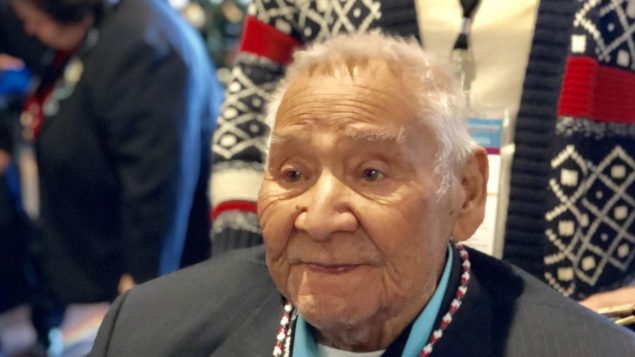On paper, Kim Philby made the perfect MI6 agent. Born into Britain’s upper class, he was well-connected as the son of an empire official, well-educated by private institutions in his formative years before graduating from Cambridge, and well-travelled as a journalist for The Times stationed in Spain to cover the civil war. Calm and poised in demeanour, Philby quickly climbed the ranks of the British Secret Intelligence Service (SIS), until finally heading the anti-Soviet division, which attempted to zero-in on communist-related espionage activities during the Cold War. The problem was, Philby was the very spy his division was dedicated to catching.
Philby would not be identified as a double agent for almost twenty years, until a man by the name Igor Gouzenko walked into the RCMP office in the 1960s with documents revealing spy activities taking place in Canada, Britain and the US. Though the materials did not outright name Philby, as a cipher clerk for the Soviet embassy based in Ottawa, Gouzenko had access to code books which allowed him to decipher enough information to direct attention to Philby.
“I had the chance to personally handle those documents that he had smuggled out of the embassy,” says Colin MacGregor Stevens or Captain Stevens, who, in addition to his military service with the Seaforth Highlanders of Canada and the Canadian Scottish Regiment, also has over forty years of experience working with local museums. “Spies, traitors and even a member of Parliament, Fred Rose, was exposed by the documents that Gouzenko had come out with.”
For Captain Stevens, these encrypted documents, which were credited for triggering the events that led to the Cold War, are central to history. Unlike codes that swap out the name of a person or event with another word to hide their true meaning, ciphers substitute entire strings of letters through a step-by-step formula known as an algorithm. Getting access to a cipher’s key, like Gouzenko did, can lead to a wealth of top-secret information.
“Codebreaking tells you the bigger story,” says Captains Stevens.
